Aug 2019
900 metres of banked corners, tunnels and dippers gravity fueled ride.

Deepak's Technology Blog
Aug 2019
900 metres of banked corners, tunnels and dippers gravity fueled ride.
Aug 2019
Ride through the narrow Shotover Canyons at over 85kph. Churning rapids and towering cliffs make the Shotover River a thrilling experience by jet boat, and this high-speed tour gets you spinning, fishtailing, and skimming across the surface.





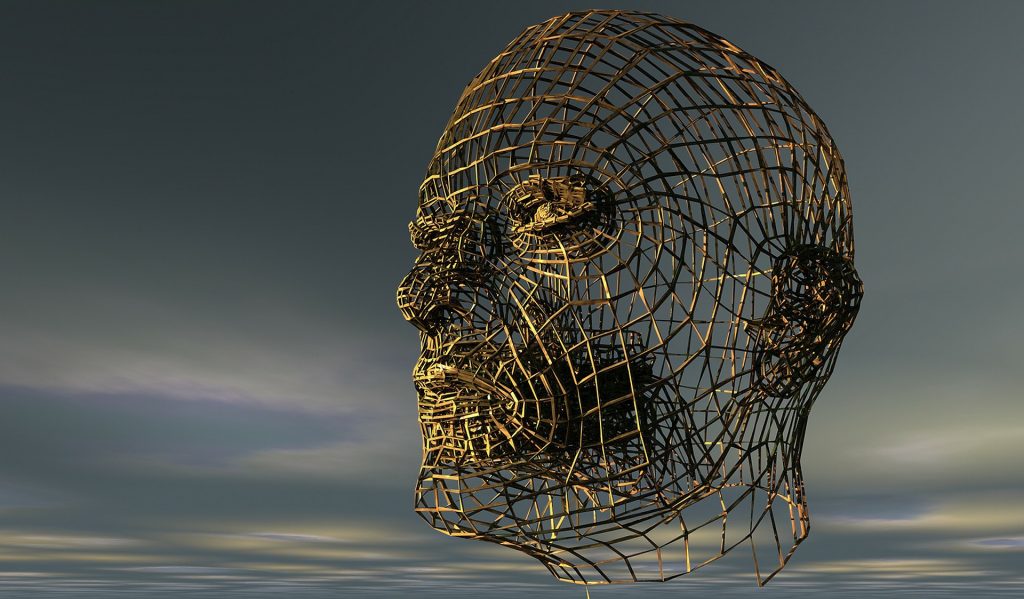

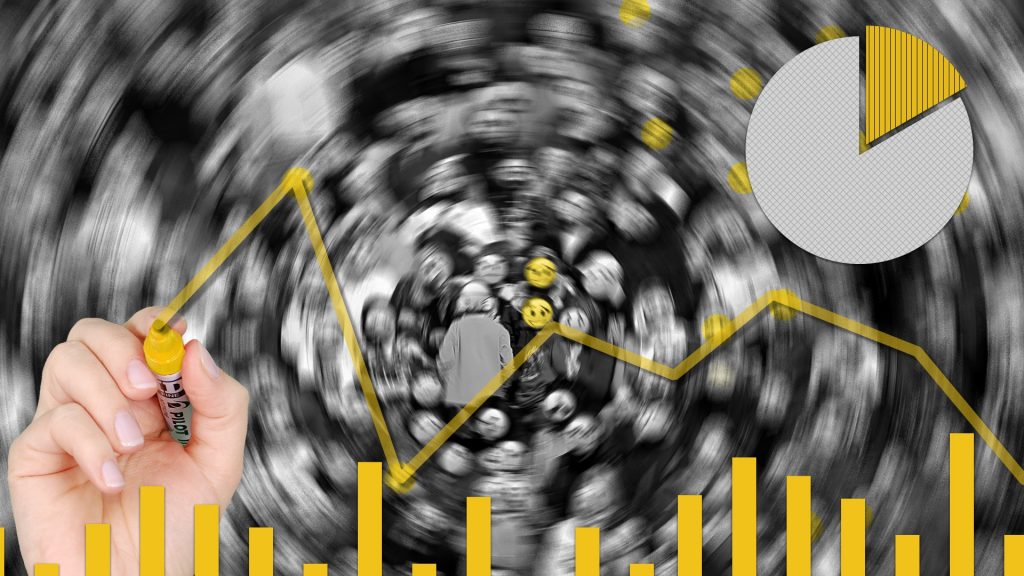


We have seen evolution of AI systems from the simple to the more complex: Going from simple correlations and causations, to model creation, training and advanced prediction to finally unsupervised learning & autonomous systems.
Human society has been seen to be comfortable with assigning accountability to one of its own i.e. a human actor who creates, authors or mentors these models and can assume accountability & responsibility. If you trace the evolution of our justice systems from the time of Hammurabi (sixth king of the First Babylonian Dynasty, reigning from 1792 BC to 1750 BC), to the modern ones in nation states today, we seem to accept good behavior within a well defined system of laws and rules, and digression from these attract punishment which is meant to drive compliance.

But will this always be true? Do we need new trust models and enforcement mechanisms?
Morals are the objective transcendent ideals we base our ethics upon. Jonathon Haidt in his exploration of the conservative and liberal morality describes 5 key traits – harm, fairness, authority, in-group and purity. Per his TED talk, liberals value the first two and score low on the other three, while conservatives value the latter 3 more than liberals.
Ethics are the subjective rules by which we govern our behavior and relate to each other in an acceptable manner. So which of these moral principles and in what measure should our ethical rules be based upon? And who chooses?
These ethics rules determine the system’s behavior in any situation and thus form the basis for the trust system we will operate upon with the autonomous system. (See the definitions of trust in my earlier post here)
Think about an infant that is born. He/she usually has a base set of moral frameworks hard wired into the brain and it is life experiences that shape how that model further develops, what behaviors are acceptable in society, which ones are not, what’s considered good vs. evil etc. The only thing that a creator can be held responsible for is the base template that he inputs into creating the autonomous AI system. Anything that is learnt post birth would be a part of the nurture argument that would be very difficult to assign accountability for.
If we consider an AI system to be similar, how do you provide a moral compass to it? Would you expose it to religion (and which one?) to teach it the basics of right or wrong or set up reward and punishment systems to train it to distinguish desirable vs. undesirable behavior. And again who determines what is desired and what is not – is it us humans or do we leave this up to the autonomous AI system.
When would we as a society be ready to take the leap? There are a number of thought leaders who have warned us about this including Stephen Hawking and Elon Musk. Are we ready to heed those warnings and muzzle our explorations into truly autonomous systems or is this an arms race that even if we bore restraint, someone somewhere may not act with the same constraints that we did…and finally was the purpose for us as a species was to develop something more intelligent than us that is able to outpace, out compete and eventually sunset our civilization?
I guess only time will tell, but meanwhile it is important to at least model ethical rules as we know it (similar to Isaac Assimov’s three Laws of Robotics – A robot may not injure a human being or, through inaction, allow a human being to come to harm. A robot must obey orders given it by human beings except where such orders would conflict with the First Law. A robot must protect its own existence as long as such protection does not conflict with the First or Second Law) into systems and autonomous programs that we create but realize that our biases, desires and ambitions will always be a part of our creation…

We need a framework to establish certain base criteria for evolution of AI – something that will be the basis of all decision making capabilities. This core ROM which cannot be modified should form the basis of trust between humans and autonomous AI systems.
This basic contract is enforced as a price of entry to the human world and becomes a fundamental tenet for trust between us humans and autonomous systems allowed to operate in our realm.
As long as humans trust the basis of decision making upon these core principles (like Assimov’s three laws of robotics described above) we will operate from a position of mutual trust where we should be able to achieve a mutually beneficial equilibrium that maximizes benefits all around.
Given the CRISPR announcement today about two babies being born with their genes edited using CRISPR Cas9, its all the more urgent for us to establish this common framework before the genie is out of the bottle…

It’s a platform that allows for data collection, extraction, storage, exploration, visualization, inference & analytics and ultimately modeling to provide predictions and classifications.
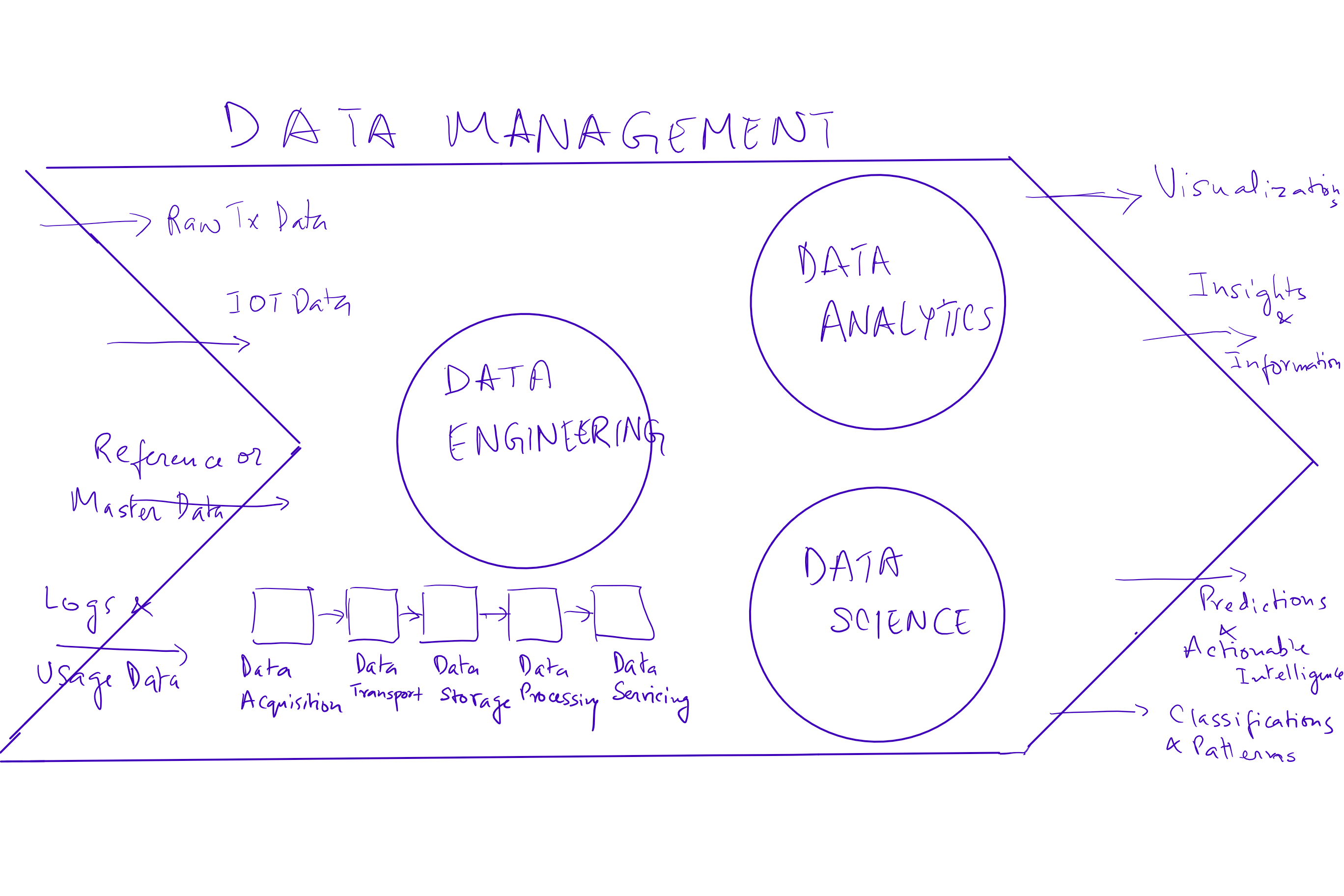 Why do you need a data science platform and what do you plan to achieve from it?
Why do you need a data science platform and what do you plan to achieve from it?Usually the business need is to predict the future and establish causation. In order to predict the future one must determine independent and dependent variables, causation vs. correlation and thus come up with models that allow for predicting what the future will be when we tweak certain causative factors.
There are mainly three key elements of data management –
1. Data engineering – is the set of practices that convert raw data to processed data by building data pipelines, applications and APIs. This process is concerned with how data is captured, moved, stored, secured, processed (transformed, cleansed and aggregated) and finally utilized.
The different stages within data engineering are:
Data acquisition is the process of acquiring data with concerns around the format of source data, existing interfaces that are available or new ones that have to be built, security (including authentication, authorization and encryption), maintaining reliability and finally latency.
Data transport manages reliability and integrity in transport, security, latency and costs and bandwidth.
Data storage deals with the flexibility in storage, choices around schema and schema less storage, high availability and redundancy and cost of storage.
Data processing deals with transformation, cleansing, filtering, enriching, aggregating and machine learning models for prediction.
Finally, Data Servicing is the availability pattern to end consumers of the data, dealing with latency, redundancy and availability, consumer competency in understanding and utilization of these data sets, flexibility of schema and ultimately the APIs for consumer applications.
2. Data Analytics – Is the practice of using the data produced by data engineering to convert it into insights and information. The tools we currently use in this space are Tableau and Qlikview reporting packages.
3. Data Science – Ability to use analytics and insights to predict the future using data and patterns observed in the past. The work includes integrating and exploring data, building models using such aggregated data, extracting patterns in past data and finally presenting results either through reports or model-powered applications. Some of the key tools we have used on our platform are Jupyter and RStudio for ongoing algorithm development, Spark for distributed execution and Kafka for messaging and data acquisition.
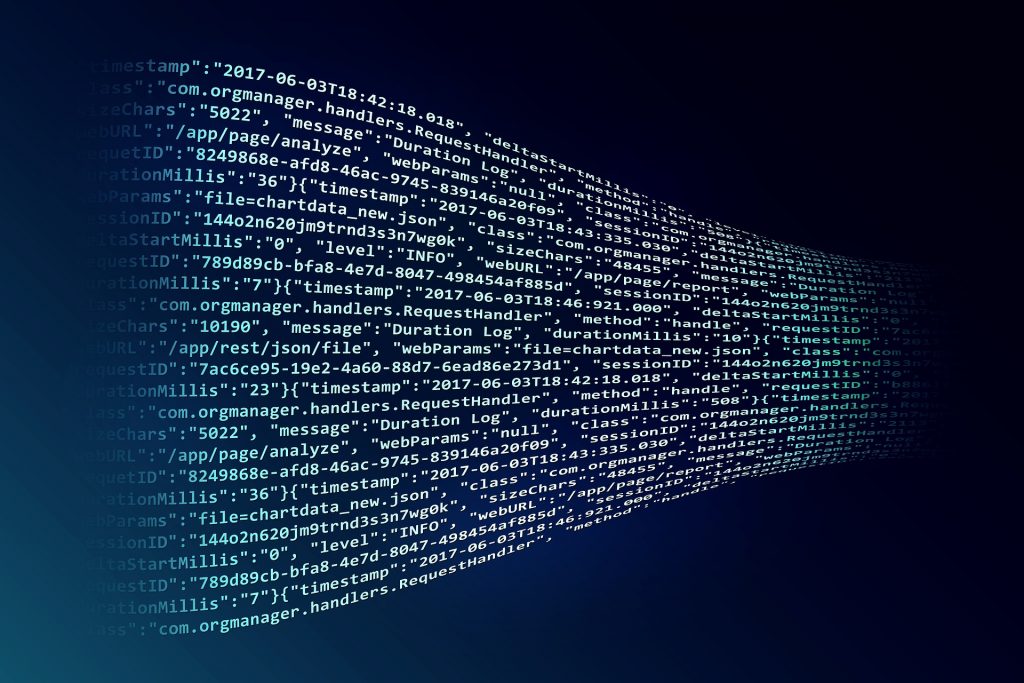
Big data introduces the following additional complexities in data processing:
1. Volume: the needs for the size of data sets to be managed and processed is usually a few orders of magnitude higher than in usual OLTP scenarios. This means additional resources, ability to scale horizontally and manage latency requirements.
2. Velocity: Needs rem time data and event handling with a view to be fast and avoid bottlenecks.
3. Variety: With data collections augmented by IOT devices in addition to the traditional data collection mechanisms, implies the need to manage text, images, audio and video.
4. Variability: data may be available in fits and starts implying the need to deal with spikes, an architecture that allows for decoupling and manage using buffers and finally the ability to maintain latency requirements.
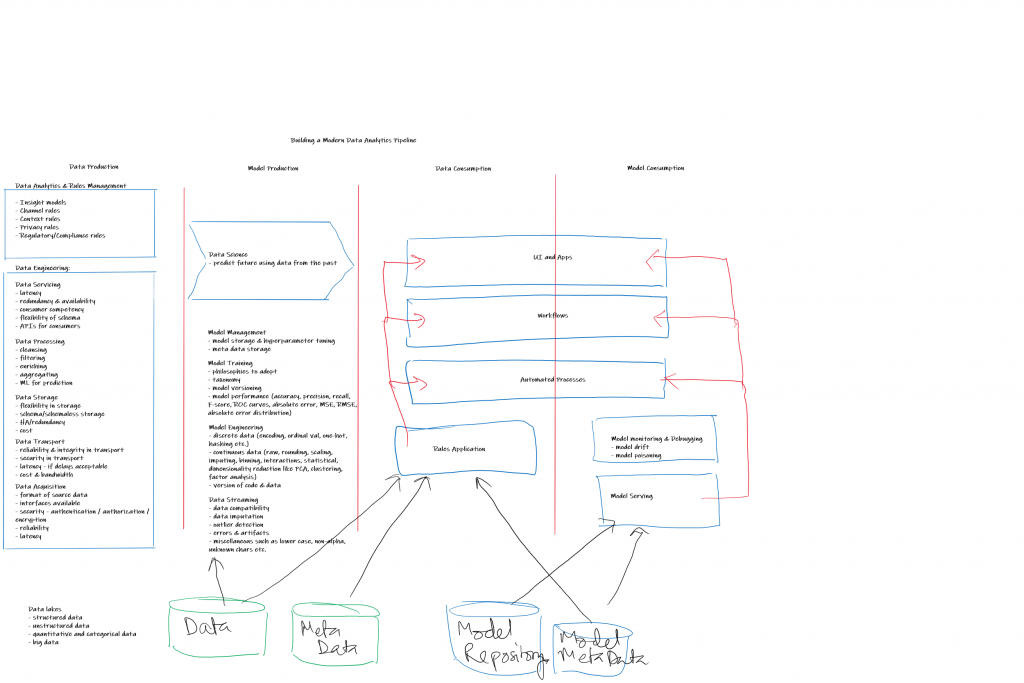
Happy to share real life experiences on the above… please reach out if there is interest.
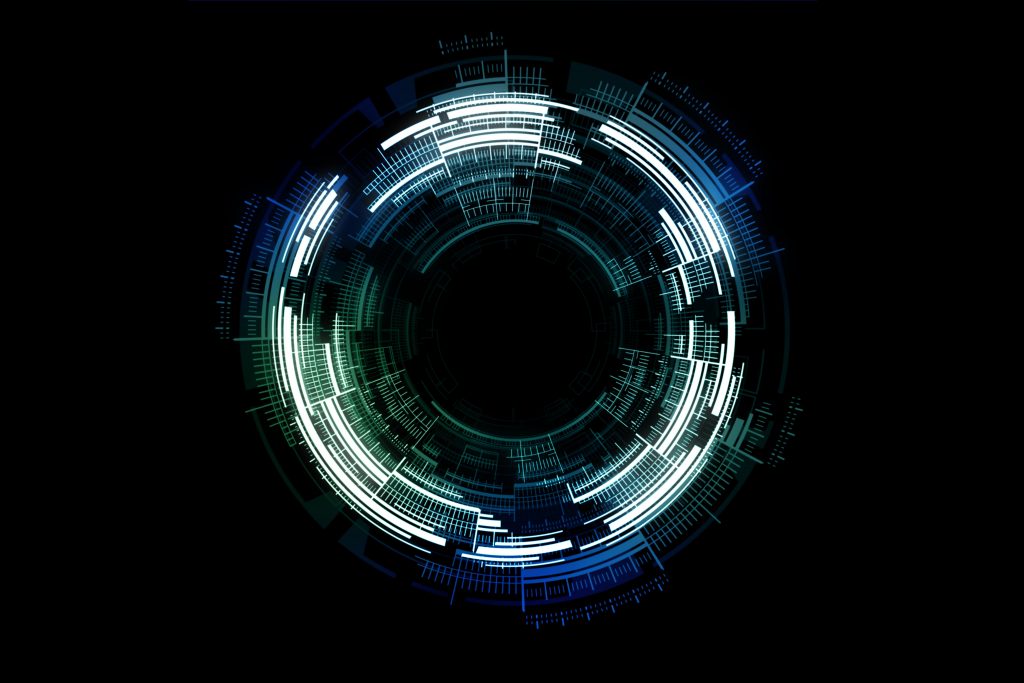
With the recent news of numerous data breaches and companies caught with questionable business/technology practices for managing customer data (which may seem to be in breach of public trust); the question that comes to one’s mind is how important is “Trust”? How much should you invest in maintaining trust in a proactive manner and what is the cost of “breach of trust”? How do you recover from a breach? What foundational elements of trust are damaged from such a breach? And borrowing a marketing slogan from the MasterCard Priceless campaign, is it fair to say – “Not having your company’s data breach on the front page of the Wall Street Journal: Priceless”.
Let’s look at some basics…
A few definitions that I have found most relevant –
Paraphrasing, social psychologist Morton Deutsch:
Trust involves some level of risk, and risk has consequences with payoffs being either beneficial or harmful. These consequences are dependent on the actions of another person and trust is the confidence that you have in the other person, to behave in a manner that is beneficial to you.
Patricia Jenkinson, Professor of Communications at Sacramento City College defines the various overlapping elements of trust as follows –
♦ Intent to do well by others
♦ Character – being sincere, honest and behaving with integrity
♦ Transparency – open in communication with others and not operating with hidden agendas.
♦ Competence / Capacity – ability to do things
♦ Consistency / Reliability – keeping your promises, meeting your obligations
Trust is important for us to feel physically and emotionally safe. With more trust, we can effectively and collaboratively work together towards common goals by sharing resources and ideas. When trust is high, we openly express thoughts, feelings, reactions, opinions, information and ideas. When trust is low, we are evasive, dishonest and inconsiderate.
There are two basic types of trust: Interpersonal with regards to one’s welfare with privileged information and relational commitment and task oriented with its dimensions of ability to do the task and the follow through to finish the task.
Yuval Noah Harari in his book Sapiens, describes “cooperation in large numbers” to be one of the key factors for human success over other species (which were physically stronger and much more adept at surviving the extreme elements of the earth’s environment). Trust allowed us to cooperate in large numbers and collectively gave us the ability to accomplish tasks beyond the capacity of a single individual. Chimpanzees also cooperate, but not in large numbers like humans which limits the capability of the clique.
With the advent of the digital age and large virtually connected social networks, our paradigms of digital trust have changed substantially. Rachel Botsman of Oxford University in a series of TED talks describes the transition from hyperconsumption to collaborative consumption, the evolution of trust from local to institutional to distributed.
This evolving distributed trust platform has three foundational layers (described as the Trust Stack by Ms. Botsman) – which allows us to trust relatively unknown people –
♦ Trust the Idea
♦ Trust the Platform
♦ Trust the other user
When there is assurance of accountability for a users’ actions as enforced by the platform (which has the ability to restrict future transactions by that user for bad behavior), there is implicit trust that the platform lends to transactions between complete strangers such as a transaction on the Uber or Air BnB platforms. One of the illustrative examples is how people behave differently (say cleaning up their room) when staying at a hotel vs. with an Air BnB host. In the former the expectation is that the institution will not hold them accountable for bad behavior while in the later the platform enforces this through mutual feedback and social reputation for both the guest and the host enhancing trust and ensuring good behavior.
Per Ms. Botsman, this is just the beginning, because the real disruption happening isn’t technological. It is fundamental to the way we will transact in the future. Once a trust shift has happened around a behavior or an entire sector, you cannot reverse this change. The implications here are huge.
A Simple Experiment
Daniel Arielly, a professor at Duke, in his TedX talk at Jaffa, describes a very nice social experiment. Suppose in a model society, everyone is given $10 at the beginning of the day – if they put this money in the public goods pot, then at the end of the day everything in the pot is multiplied by 5 and equally divided. So for example, if 10 people in a society were given $10 every morning and they put everything in the public goods pot, the pot would have $100, when multiplied by 5, would result in $500 at the end of the day and every one would get $50 back at the end of the day and everyone is happy. If the next day one person cheats, everyone except that person put in the $10 at the beginning of the day, there would be $90 in the pot. At the end of the day, the pot would have $450 and everyone would be returned $45 back. Everyone would notice that they did not get the full $50 back and the person who betrayed the public trust has $55. Dan’s next question was – what would happen the next day – no one would contribute to the public pot. His point being most trust games play out as a prisoners delima with a very unstable equilibrium where everyone contributes/cooperates and a stable equilibrium where no one contributes/cooperates. To maximize overall benefit, one has to ensure that everyone cooperates, and a single defection would ensure the overall benefit from cooperation going down. The moral of the story is that “Trust” is a public good, and an incredible lubricant for society. When we trust, everyone is better off, and when people betray the public trust, the system collapses and we are all worse off.
A number of companies have used transparency and a persistent reputation as a mechanism to keep people from betraying the public trust for example eBay, Air BnB, Uber etc. The cost of betrayal on these platforms is that the betrayer would not be able to transact on the platform anymore because of a hit to his/her reputation.
Also adding punsihment and revenge to the mix also changes the game. A reputation for being revengeful will prevent the first player defecting. The justice system and police are a common example of using punishment to keep the trust in society.
For companies that build trust platforms that allows for even strangers to transact, a betrayal of trust by the platform is much more damaging than a transgression by a single user on the platform. With such a breach there is the real possibility of users moving to the extremely stable equilibrium of not cooperating & thus abandoning the platform (loosing network scale is an existential threat) and moving them back to cooperating and using the platform is a herculean task.
No longer can we rest on our laurels by just calling ourselves trust worthy without redesigning our systems, process and people to be transparent, inclusive and accountable.
So remember, protect the idea first, then the integrity of the platform and then individual issues or breaches that may impact trust. Once trust is broken, it’s very hard to rebuild or repair.